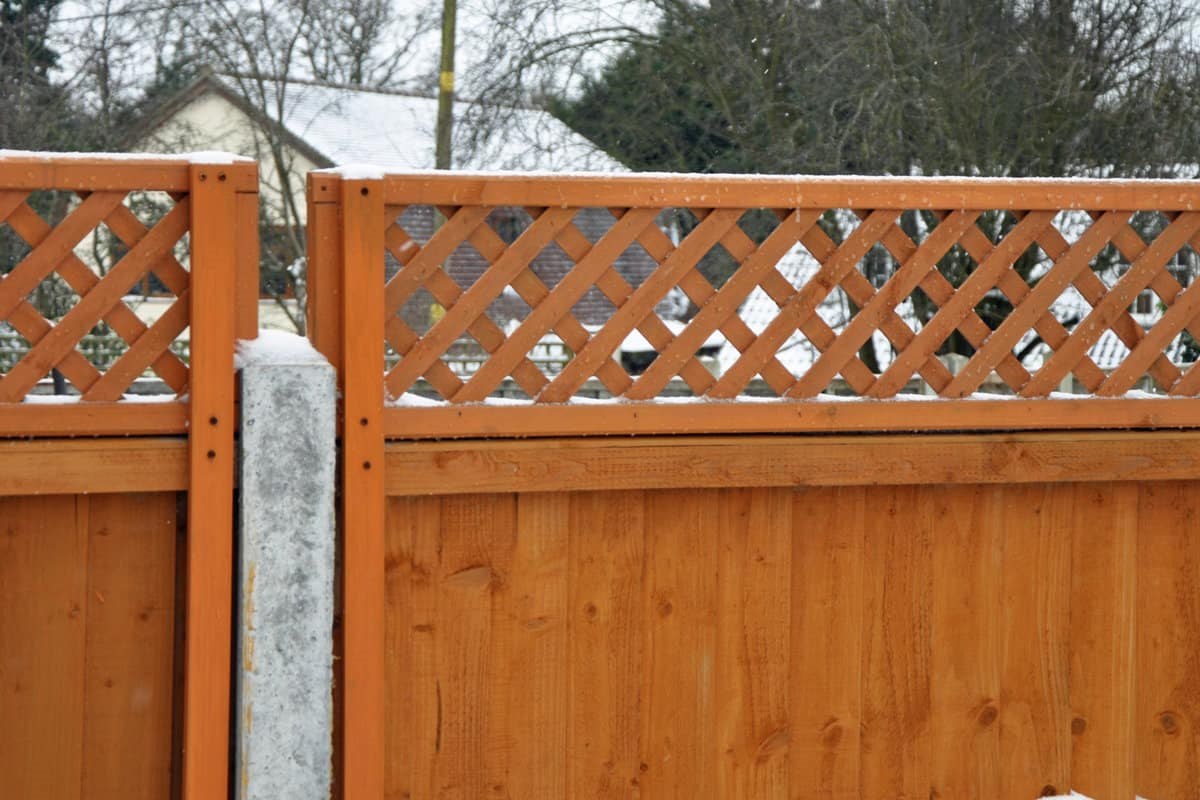

Articles
How To Cover Fence Gaps
Modified: August 28, 2024
Learn how to cover fence gaps with these helpful articles. Find step-by-step instructions and tips for filling in the spaces between fence boards.
(Many of the links in this article redirect to a specific reviewed product. Your purchase of these products through affiliate links helps to generate commission for Storables.com, at no extra cost. Learn more)
Introduction
Having a fence around your property provides privacy, security, and a sense of boundaries. However, over time, you may notice unsightly gaps appearing between the slats or panels of your fence. These gaps not only compromise your privacy but also allow animals and debris to enter your property. Fortunately, there are several methods you can use to cover these fence gaps and restore the functionality and aesthetic appeal of your fence.
In this article, we will explore five effective methods to cover fence gaps. Whether you prefer a natural look by growing plants or a more structured approach using fence slats or panels, there is a solution that suits your needs. So, let’s dive in and discover how to transform your fence into a seamless barrier that enhances the beauty and privacy of your outdoor space.
Key Takeaways:
- Transform your fence into a seamless barrier by using fence slats, privacy screens, natural plant coverage, lattice panels, or PVC pipe and zip ties to cover unsightly gaps. Enhance privacy, security, and aesthetic appeal with these effective methods.
- Address fence gaps promptly by understanding their causes and implementing the most suitable solution. Choose from versatile methods such as using fence slats, installing privacy screens, growing plants, adding lattice panels, or using PVC pipe and zip ties to restore the functionality and beauty of your fence.
Read more: How To Fill Gaps Under Fence
Why Fence Gaps Occur
Fence gaps can occur due to various reasons, including age, weathering, shifting soil, and improper installation. Understanding the cause of the gaps is crucial for implementing the most effective solution.
One common reason for fence gaps is the natural aging and weathering of the materials. Wooden fences, for example, are susceptible to warping, shrinking, and expanding over time due to exposure to sunlight, moisture, and temperature changes. This can lead to gaps between the individual slats or panels.
Another cause of fence gaps is the shifting of the soil beneath the fence. If the ground is not properly prepared or there are changes in the soil composition, it can cause the fence posts to shift, leading to misalignment and gaps between the slats or panels.
Furthermore, improper installation of the fence can also contribute to the occurrence of gaps. If the fence components are not securely fastened or if there are inconsistencies in the spacing between the slats or panels, gaps may appear.
Lastly, extreme weather conditions such as heavy winds or storms can damage the fence, causing it to become loose or break. This can result in noticeable gaps that need to be addressed.
Regardless of the specific cause, it is important to address fence gaps promptly. Not only do they compromise the privacy and security of your property, but they can also lead to further damage if left unattended. By understanding why fence gaps occur, you can take the necessary steps to prevent their formation and address existing gaps effectively.
Tools and Materials Needed
Before you embark on covering the gaps in your fence, it is important to gather the necessary tools and materials to ensure a successful project. The specific tools and materials required may vary depending on the method you choose to use. Here are some of the common tools and materials you may need:
Tools:
- Screwdriver or drill
- Measuring tape
- Saw or shears
- Level
- Paintbrush or roller (if painting or staining the fence)
- Zip ties or wire (if using PVC pipe method)
Materials:
- Fence slats or panels
- Privacy screens
- Lattice panels
- PVC pipes
- Zip ties
- Screws or nails
- Paint or stain (if desired)
- Plants for natural coverage (e.g., climbing vines)
Make sure to measure the dimensions of your fence and the size of the gaps accurately, as this will help you determine the quantity of materials required. Additionally, consider the durability and longevity of the materials to ensure the longevity and effectiveness of the solution.
Having the right tools and materials on hand will streamline the process and allow you to cover the fence gaps efficiently. Depending on the method you choose, you may need additional tools or materials, so it is essential to review the instructions for each method before starting the project.
Method 1: Using Fence Slats
If you have gaps between the slats of your fence, using fence slats is a straightforward and effective solution. Fence slats are narrow, vertical boards that can be inserted into the gaps to create a seamless appearance. Here’s how you can use fence slats to cover the gaps:
- Measure the width and height of the gaps between the slats.
- Purchase fence slats that are the appropriate width and height to fit into the gaps.
- If necessary, cut the fence slats to match the height of your fence using a saw.
- Apply a coat of paint or stain to the fence slats to match the existing color of your fence or to achieve the desired look.
- Insert the fence slats vertically into the gaps between the existing slats.
- Secure the fence slats in place using screws or nails, ensuring that they are tightly fastened.
- Continue inserting fence slats into the remaining gaps until all gaps are covered.
- Inspect the fence to ensure that the slats are evenly spaced and that there are no visible gaps.
- If desired, apply a second coat of paint or stain to the fence slats to enhance their appearance and protect them from the elements.
Using fence slats provides both a functional and aesthetic solution for covering fence gaps. Additionally, fence slats can be easily removed or replaced if necessary, making them a versatile option for maintaining your fence’s integrity. Remember to choose fence slats made of durable materials that can withstand weather conditions and complement the style of your existing fence.
Method 2: Installing a Privacy Screen
If you’re looking for a more comprehensive solution to cover fence gaps and enhance privacy, installing a privacy screen is an ideal choice. Privacy screens are panels made of various materials, such as wood or composite, that can be attached to your existing fence to create a solid barrier. Here’s how you can install a privacy screen:
- Measure the width and height of the fence gaps to determine the size of privacy screen panels needed.
- Purchase privacy screen panels that match the measurements of your fence and are compatible with your desired style.
- If necessary, cut the privacy screen panels to fit the height of your fence using a saw.
- Position the first privacy screen panel against the gaps on the fence, ensuring that it is level and aligned properly.
- Secure the panel to the fence using screws or nails, making sure it is securely fastened.
- Repeat the process with the remaining privacy screen panels, ensuring that they are evenly spaced, aligned, and tightly secured.
- Inspect the installed privacy screen to ensure there are no visible gaps and that it provides the desired level of privacy.
- If desired, apply a coat of paint or stain to the privacy screen panels to achieve the desired color and protect them from the elements.
Installing a privacy screen not only covers the gaps but also adds an attractive element to your fence. You can choose from a variety of designs and materials to match your outdoor aesthetic. Privacy screens are a durable and long-lasting solution that requires minimal maintenance, making them an excellent investment for enhancing the privacy and appeal of your fence.
Use weather-resistant materials like vinyl or metal strips to cover fence gaps. Measure the gap and cut the material to fit, then attach it securely to the fence.
Read more: How To Cover A Fence For Privacy
Method 3: Growing Plants for Natural Coverage
If you prefer a more natural and green solution, growing plants to cover fence gaps is a fantastic option. By utilizing climbing vines or other types of foliage, you can create a beautiful, living barrier that not only covers the gaps but also adds a touch of nature to your fence. Here’s how you can grow plants for natural coverage:
- Select the appropriate plants for your climate and the amount of sunlight available in the area near your fence.
- Research the growth habits and requirements of the chosen plants to ensure they are compatible with your fence and will thrive in the given conditions.
- Prepare the soil near the fence by removing any weeds, rocks, or debris and loosening it to promote good drainage.
- Plant the selected vines or plants along the base of your fence, ensuring you provide adequate spacing between each plant and the fence for proper growth.
- Guide the vines or plants to climb the fence by gently tying them to the fence using twine or gardening wire.
- Provide regular watering and maintain the appropriate moisture level for your plants.
- Monitor the growth of the plants and trim or prune them as needed to prevent any overgrowth or interference with the fence structure.
- Over time, the growing plants will cover the fence gaps and create a lush, natural screen.
This method not only covers the gaps effectively but also adds beauty, fragrance, and biodiversity to your outdoor space. It is important to choose plants that are suitable for your climate and the specific conditions of your yard to ensure successful growth and coverage. Regular maintenance, such as watering and pruning, will help your plants thrive and provide long-term natural coverage for your fence.
Method 4: Adding a Lattice Panel
If you’re looking for an attractive and versatile solution to cover fence gaps, adding a lattice panel is an excellent choice. Lattice panels are decorative and functional, providing a visually appealing way to hide gaps while still allowing airflow and light to pass through. Here’s how you can add a lattice panel to cover your fence gaps:
- Measure the width and height of the fence gaps to determine the size of the lattice panel needed.
- Purchase a lattice panel that matches the measurements and style you desire. Lattice panels are available in various materials, including wood and vinyl.
- If necessary, cut the lattice panel to the appropriate height using a saw.
- Position the lattice panel against the gaps in your fence, ensuring it is level and aligned properly.
- Secure the lattice panel to the fence using screws or nails, making sure it is securely fastened.
- Inspect the lattice panel to ensure it is evenly aligned and covers the gaps effectively.
- To enhance the appearance, consider adding a coat of paint or stain to the lattice panel that complements your fence or outdoor space.
Adding a lattice panel not only addresses the issue of fence gaps but also adds an element of style and sophistication to your fence. You can choose from a variety of lattice designs, such as diagonal or square patterns, to suit your personal taste. Whether you’re using a lattice panel to cover small gaps or creating an entire lattice fence, this method provides an elegant and durable solution that enhances both the privacy and aesthetic appeal of your outdoor area.
Method 5: Using PVC Pipe and Zip Ties
If you’re looking for a budget-friendly and DIY-friendly solution to cover fence gaps, using PVC pipe and zip ties can be an effective option. This method allows you to create a grid-like pattern across your fence, covering the gaps while still allowing airflow. Here’s how you can use PVC pipe and zip ties to cover fence gaps:
- Measure the width and height of the fence gaps to determine the size of PVC pipe needed.
- Purchase PVC pipes that match the measurements of your fence and are of an appropriate diameter for zip ties to pass through.
- Cut the PVC pipes to the desired length using a saw or pipe cutter.
- Position the PVC pipes horizontally across the gaps in your fence, evenly spacing them to create a grid-like pattern.
- Secure the PVC pipes to the fence by using zip ties to attach them to the existing fence structure.
- Continue attaching the PVC pipes using zip ties until all gaps are covered.
- Make sure the PVC pipes are tightly secured and evenly aligned.
Using PVC pipe and zip ties is a cost-effective solution that can be easily customized to fit the size and style of your fence. You can choose different colors of PVC pipes or use paint to match the existing fence or create a contrasting design. This method provides a durable and low-maintenance option for covering fence gaps and can be adjusted or repositioned as needed.
Remember to consider the longevity of the materials used and choose UV-resistant and weatherproof PVC pipes and sturdy zip ties that can withstand outdoor conditions. By utilizing this simple and affordable method, you can quickly and effectively cover fence gaps without compromising style or budget.
Conclusion
Fence gaps can be a nuisance, but they are not something you have to live with. With the right tools and materials, you can easily cover these gaps and restore the functionality and aesthetic appeal of your fence. In this article, we explored five effective methods to cover fence gaps: using fence slats, installing a privacy screen, growing plants for natural coverage, adding a lattice panel, and using PVC pipe and zip ties.
Using fence slats is a simple and straightforward solution that provides a seamless look by filling in the gaps with vertical boards. If you’re looking for a more comprehensive option, installing a privacy screen creates a solid barrier and enhances privacy. For a natural and eco-friendly approach, growing plants such as climbing vines can cover the gaps while adding a touch of greenery to your fence.
If you prefer a decorative solution, adding a lattice panel not only covers the gaps but also adds an elegant and visually appealing element to your fence. Lastly, using PVC pipe and zip ties offers a budget-friendly option to create a grid-like pattern, effectively covering fence gaps.
Remember to consider the specific needs and conditions of your fence when choosing the method that works best for you. Whether you choose one method or a combination, ensure the materials used are durable and suitable for your climate.
By following these methods, you can transform your fence into a seamless barrier that enhances the privacy, security, and overall beauty of your outdoor space. Say goodbye to unsightly gaps and hello to a fence that is functional, attractive, and a source of pride.
Frequently Asked Questions about How To Cover Fence Gaps
Was this page helpful?
At Storables.com, we guarantee accurate and reliable information. Our content, validated by Expert Board Contributors, is crafted following stringent Editorial Policies. We're committed to providing you with well-researched, expert-backed insights for all your informational needs.
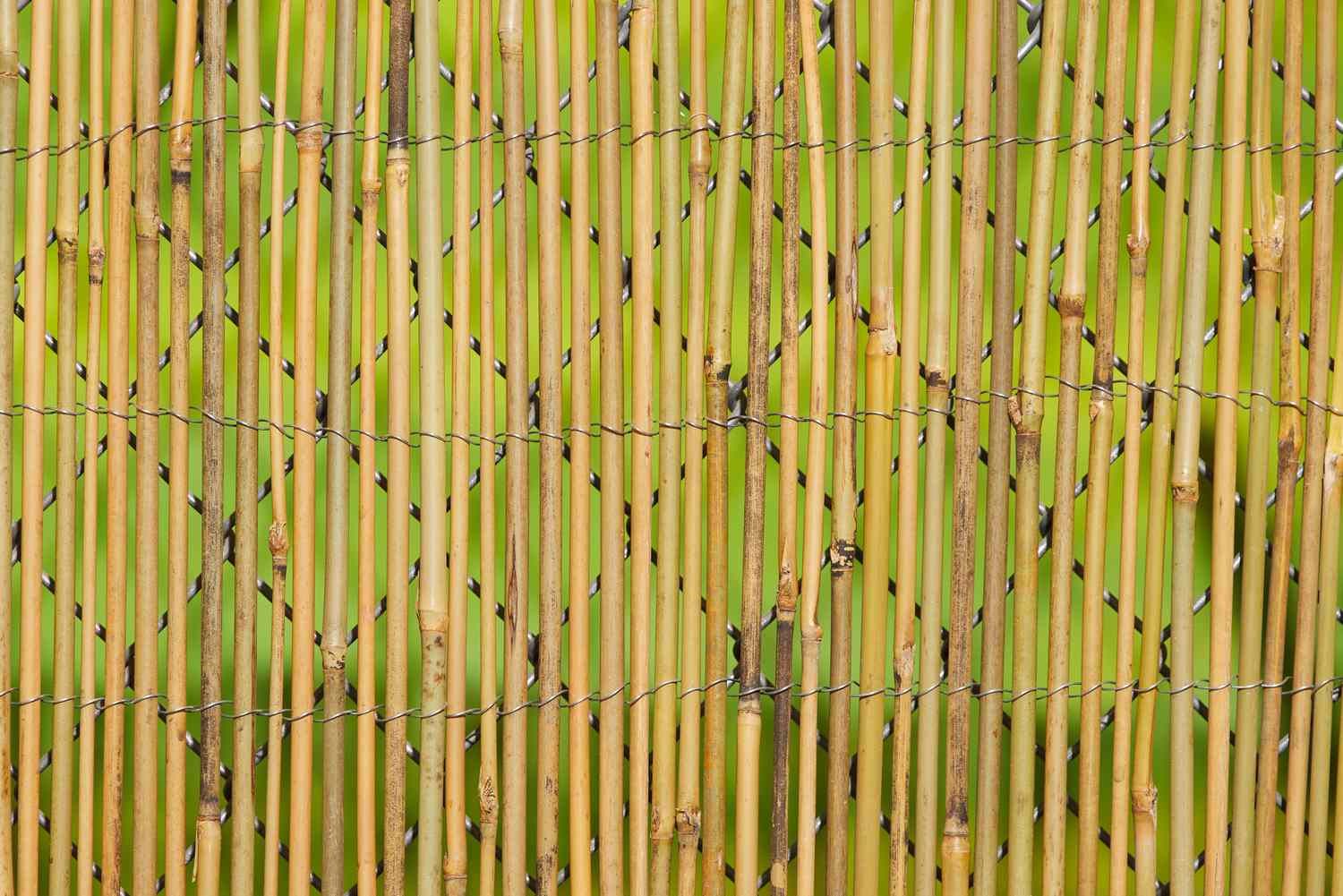
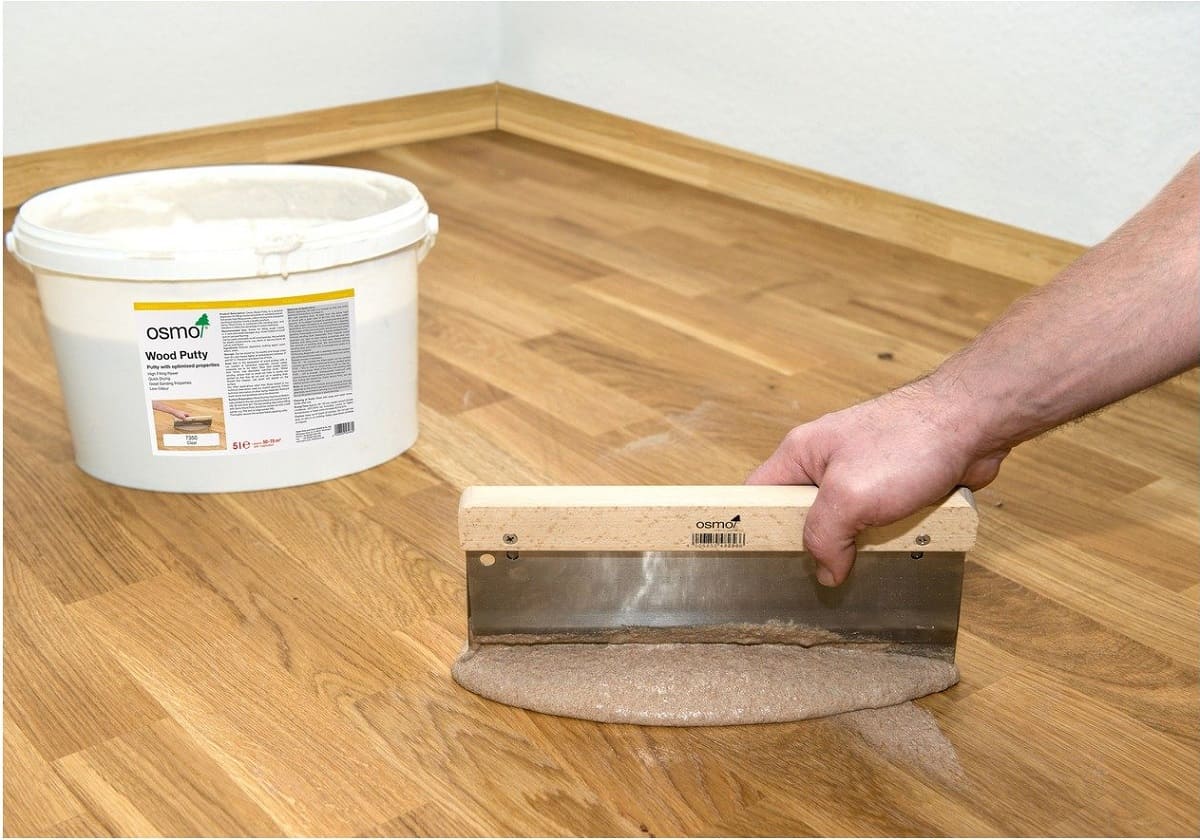

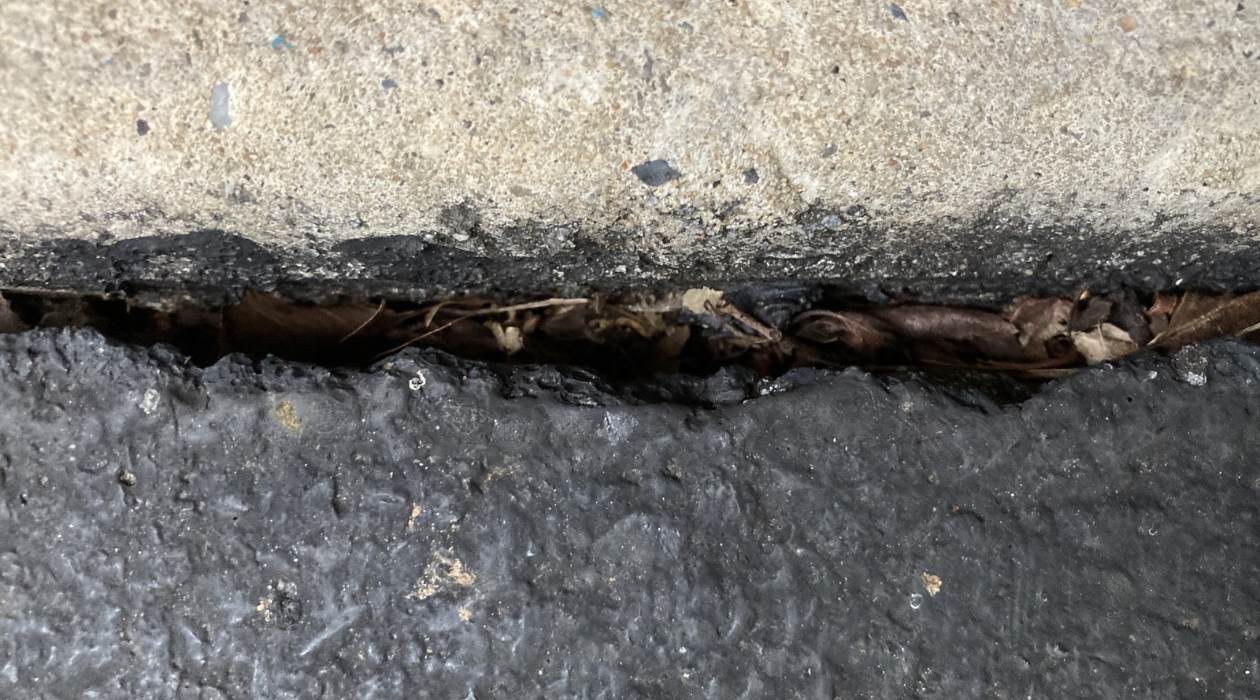
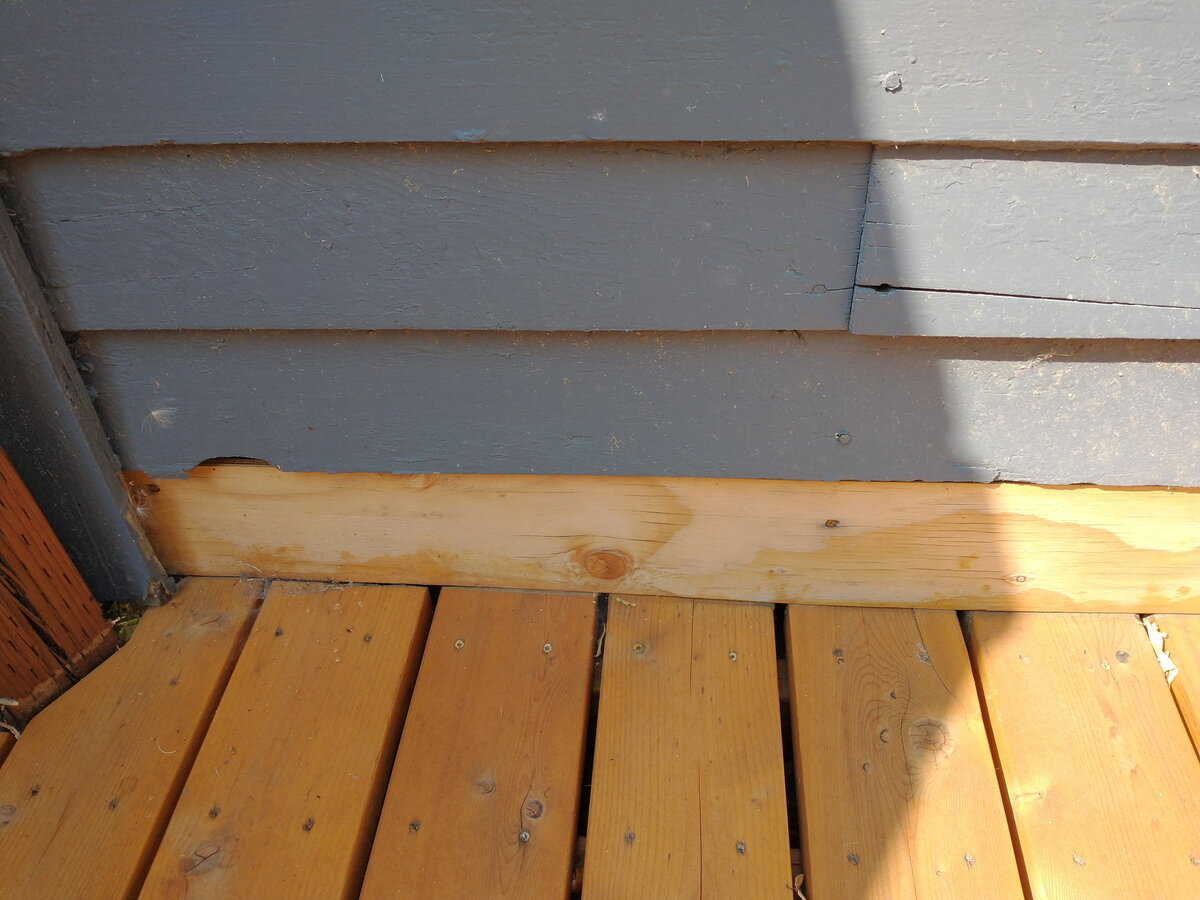
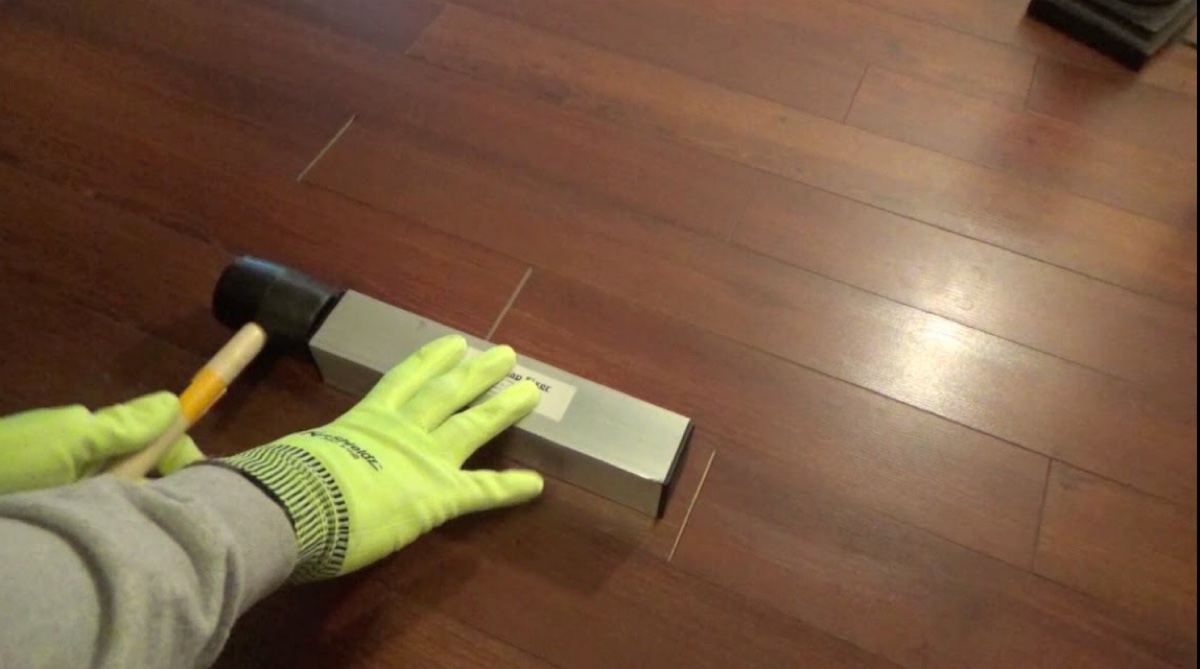
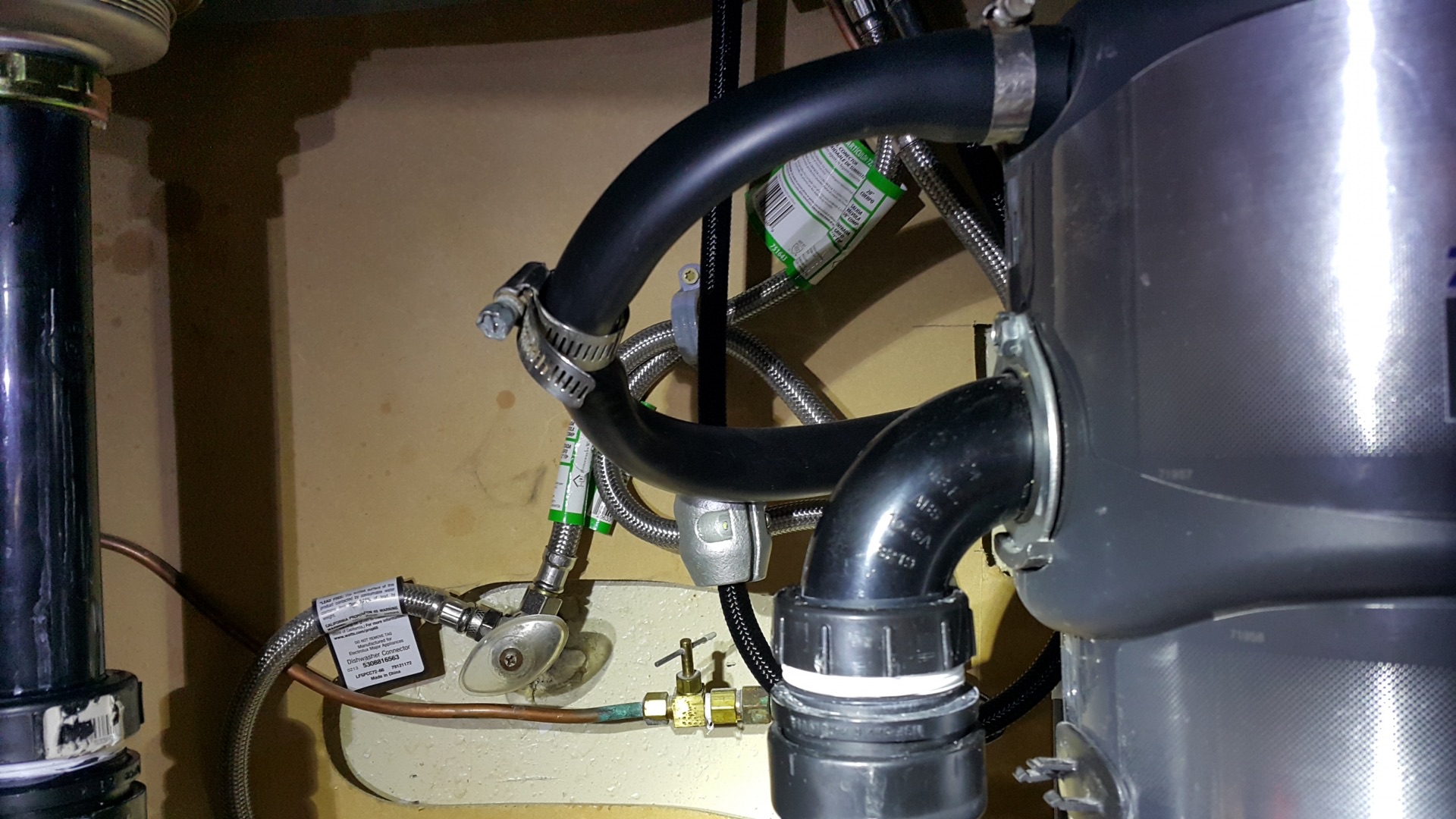
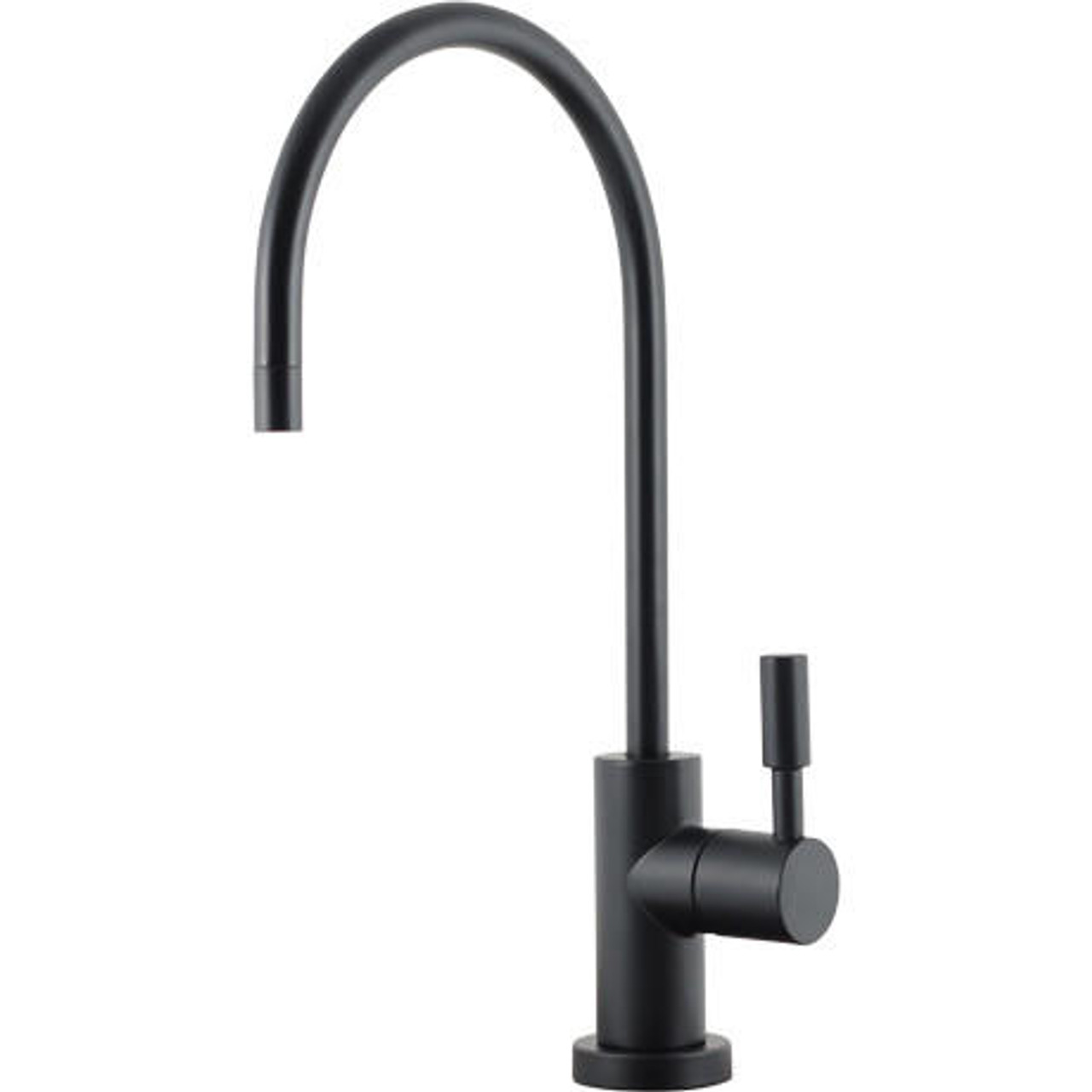
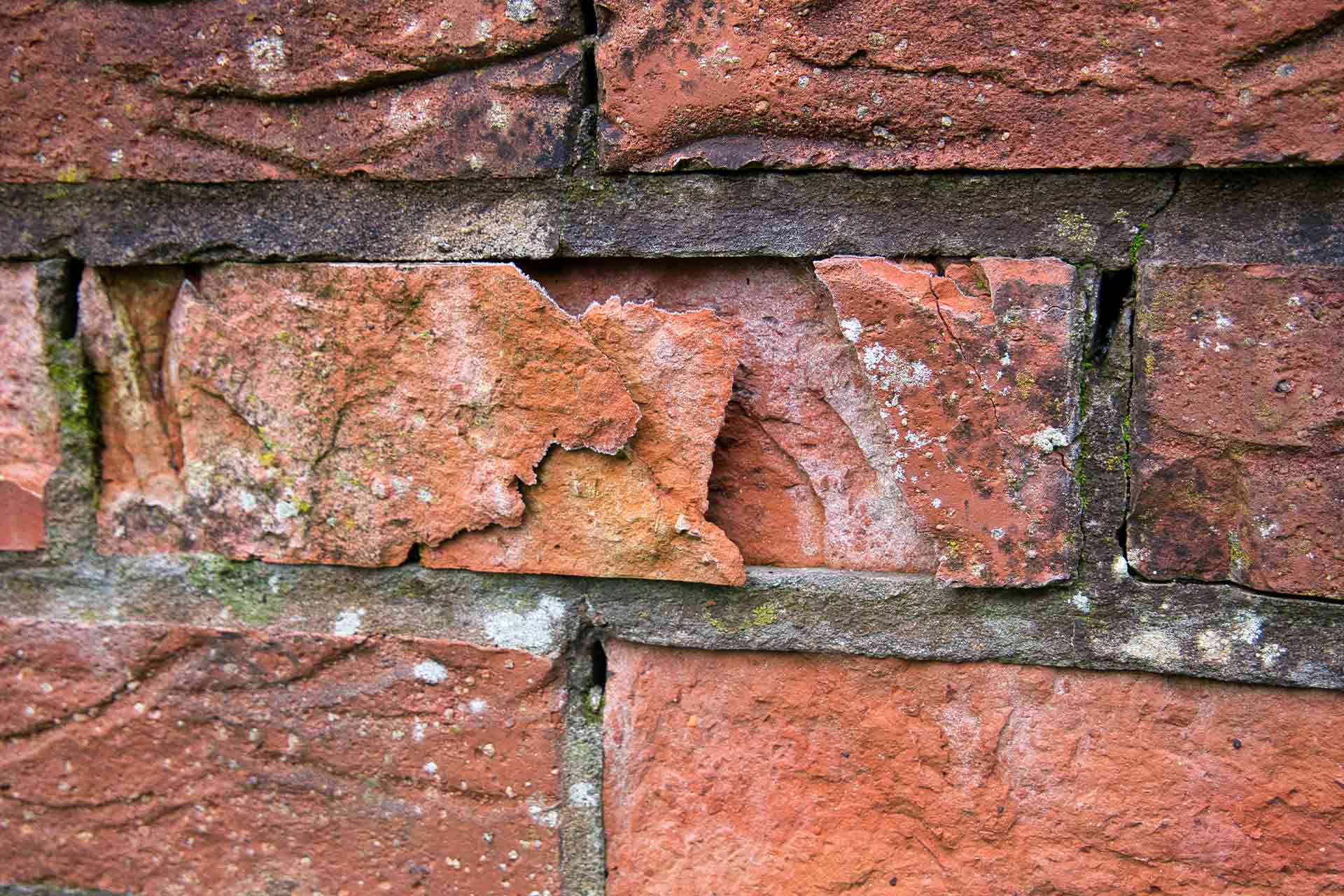
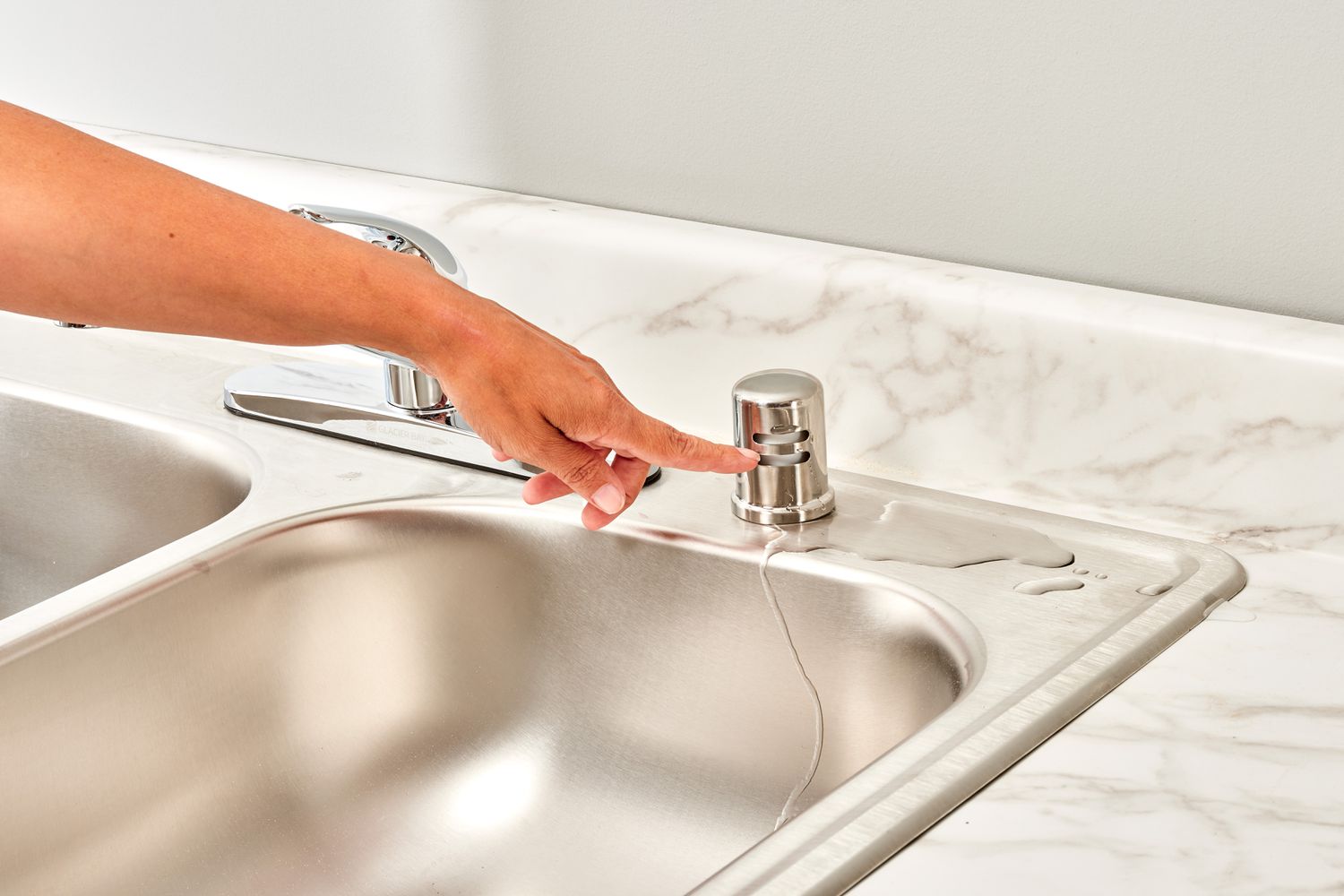
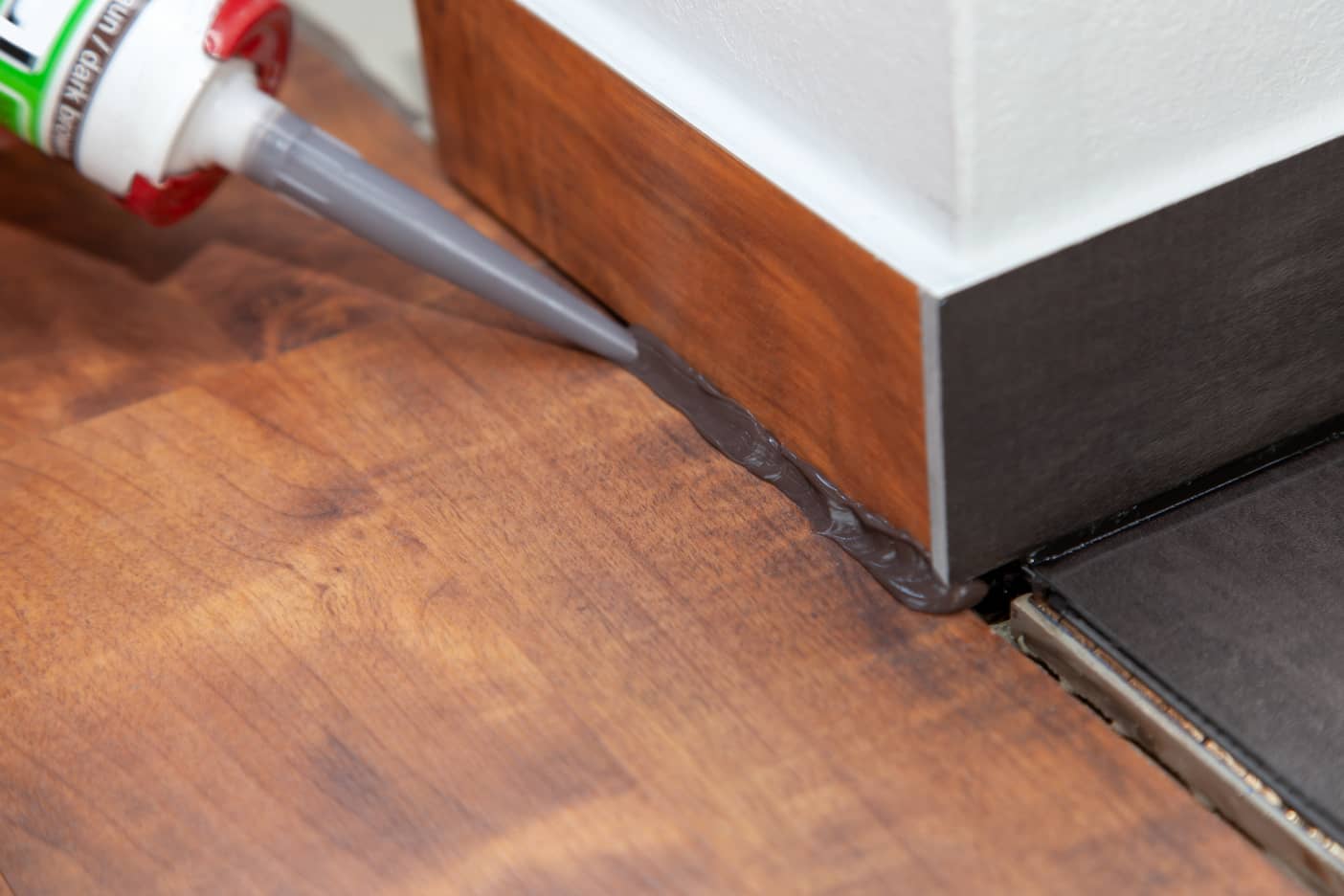
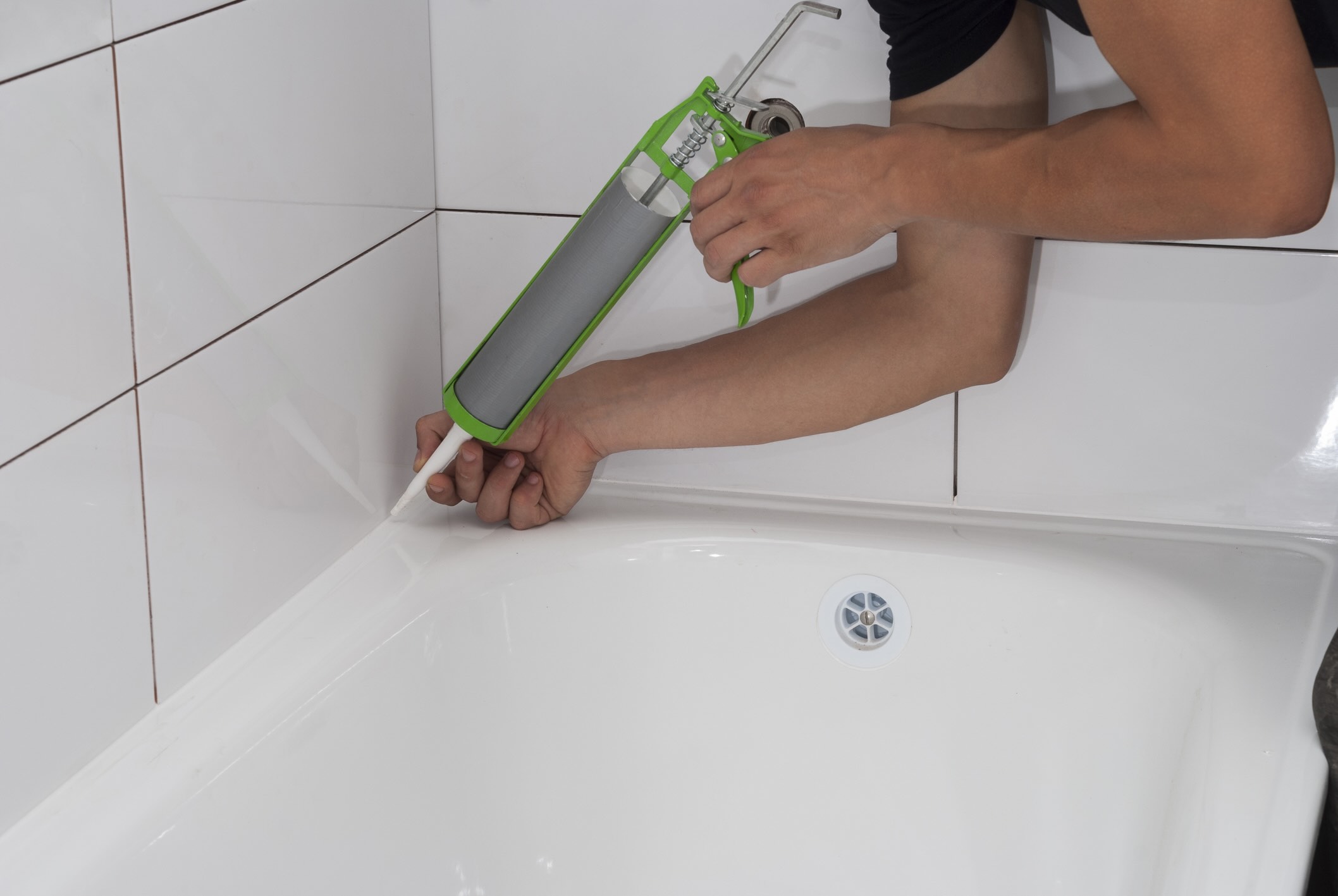
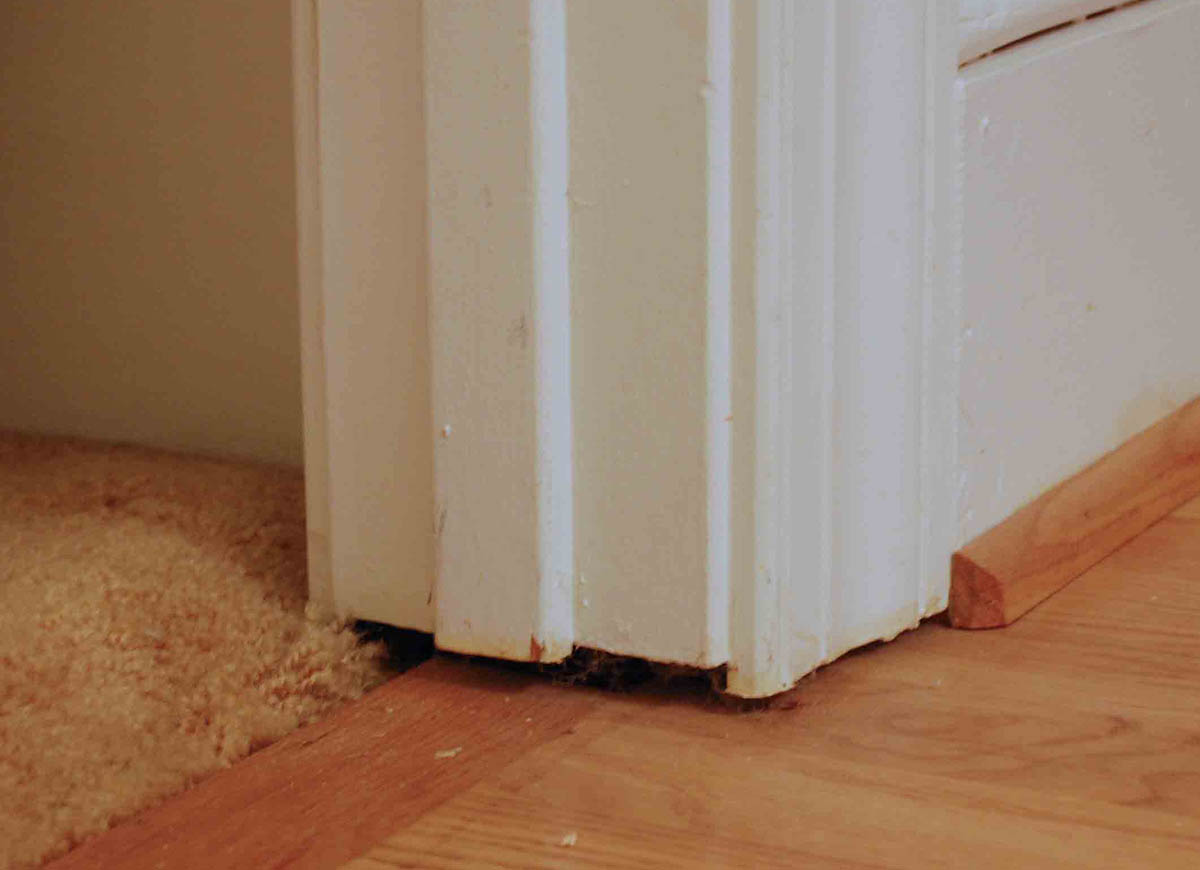
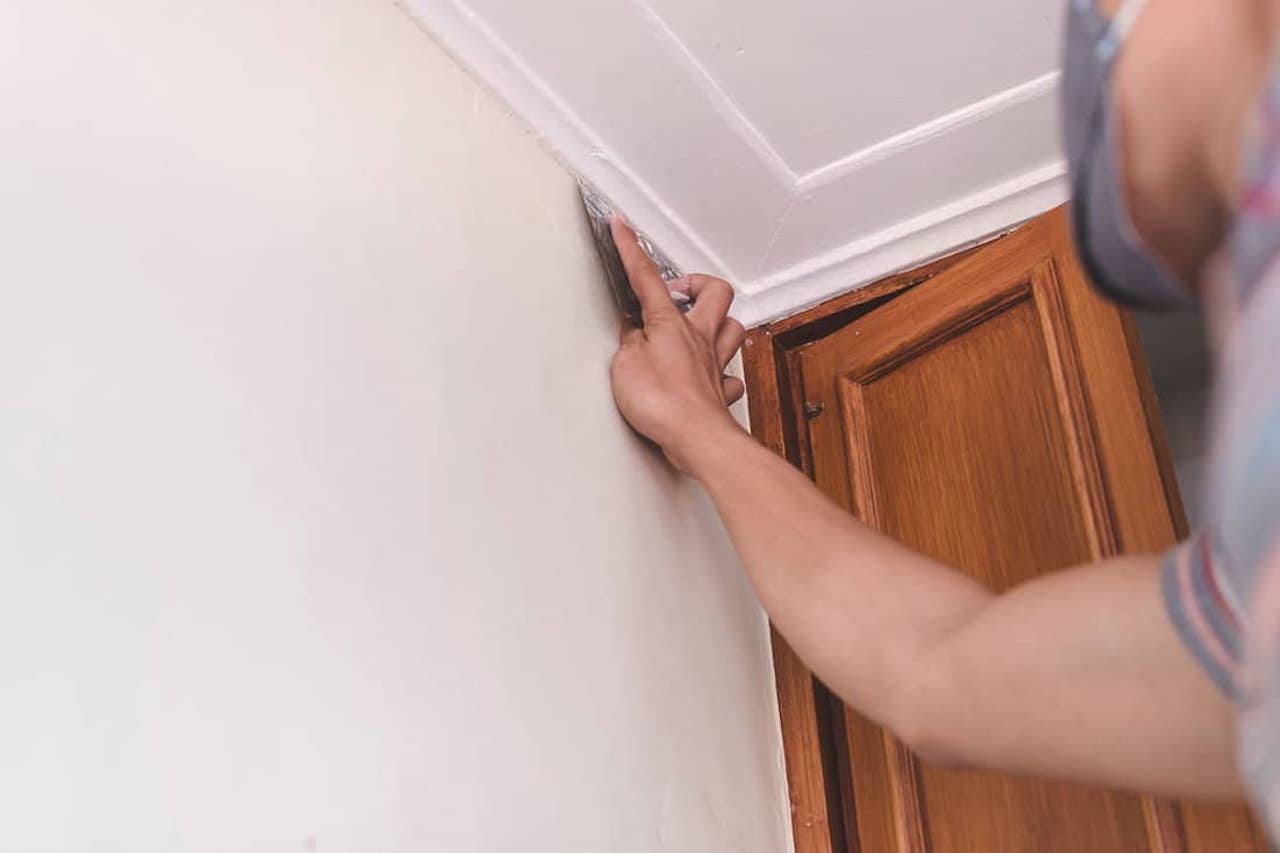

0 thoughts on “How To Cover Fence Gaps”